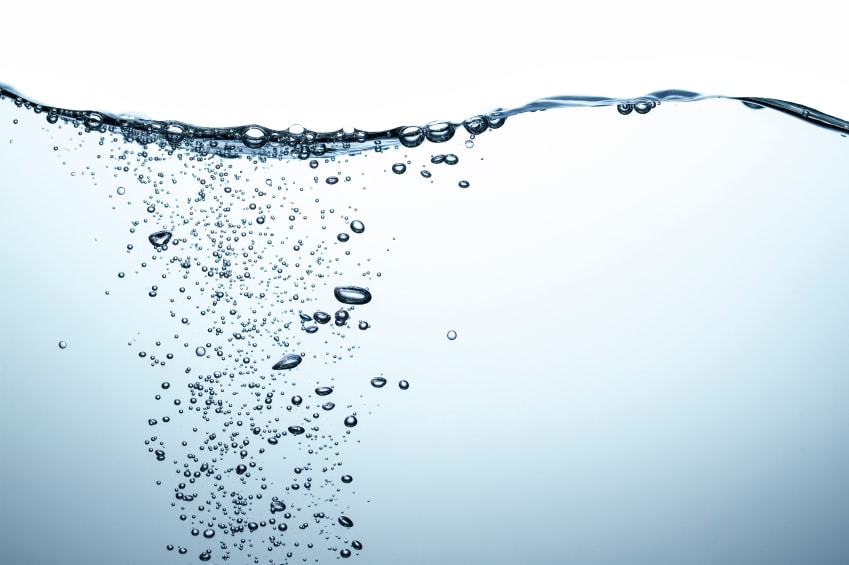Colonics and Cleansing

Colonic irrigation is a term that makes most people squeal. But what is the colon and does it really need to be irrigated?
The colon, or large intestine, makes up the last part of the digestive tract and is where any remaining nutrients and water from food are absorbed into the bloodstream. At around five feet long, the colon is more than a bit of a big deal – it’s where nearly all of those nasty waste products are eliminated. Not only that, the colon is home to intestinal flora – the trillions of friendly bacteria that help our bodies to function.
Described in the simplest of terms, colonic irrigation or ‘a colonic’ is a way to hydrate and irrigate the colon, aiding in the elimination of waste, speeding things up and giving the colon a helping hand. The first recorded colonic was around 1500 B.C. Ancient Egyptians would carry out enemas in rivers, using a hollow reed to induce water to flow into the rectum. Not the most comfortable sounding procedure! Thankfully things have come a long way since then and there are now sophisticated colon hydrotherapy machines, which ensure colonic irrigation is both safe and convenient.
Colonic irrigation is recommended for people experiencing low energy, headaches and weight gain as the therapy is believed to remove toxic waste from the colon and prevent the re-absorption of toxins into the bloodstream. Other reported benefits include reduced risk of colon cancer, boosted immune system and improved overall wellbeing. It can be particularly beneficial during a cleansing programme.
So is colonic irrigation something that we should all be doing on a regular basis? Definitely not according to Dr. Alejandro Junger, who only recommends colonics to people who are taking part in a cleansing program or detox. Dr. Junger told Goop magazine:
“Under these conditions the body may need to expel greater amounts of mucus-y waste fast, which can otherwise cause constipation. During a cleanse the colon eliminates extra mucus. Sometimes there is so much, and it is so sticky, that it stays adhered to the walls of the colon, blocking the elimination of what needs to be disposed of. When this happens, the colon can be totally blocked and the mucus takes the shape of the austras of the colon (its foldings), much like a thick layer of old paint to a wall. When a colonic is done in this situation, what comes out looks like a tarry black mold of the wall of the colon, the mucoid plaque.”
There is a mistaken belief that regular colonic irrigation is a sensible way to manage bouts of minor bloating or constipation. Whilst it is true that the treatment may provide temporary relief from symptoms such as bloating, using colonic irrigation in this way can be damaging in the long run as the true cause of the symptoms is never addressed. One negative side effect of regular colonic irrigation is altered intestinal flora. Another risk can occur if a patient has diverticulae or lesions in the colon. Lesions can occur in the case of some inflammatory diseases and may develop into perforations in the colon, a potentially life-threatening complication.

